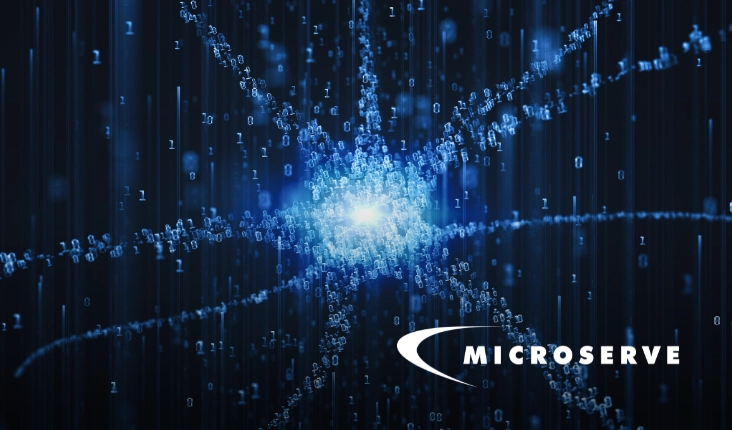AI cybersecurity tools are becoming more widely adopted and accepted by cybersecurity professionals. There are many benefits to using AI-based cybersecurity tools — including the ability to detect, analyze, and respond rapidly to cyber threats. However, there are also ethical implications and concerns about AI that need to be considered before introducing AI-based cybersecurity tools into your stack.
Benefits of Using AI Cybersecurity Tools
One major benefit to using AI-based cybersecurity tools is that it can detect threats that are difficult for humans to identify. AI can quickly scan through substantial amounts of data, look for patterns, and identify variations that may indicate a potential threat. This helps security teams identify threats and respond more efficiently.
Another benefit of using AI-based cybersecurity is that it can reduce the manual workload of security teams. AI and automation can free up security teams’ time to focus on strategic tasks that secure the business and data with rapid detection, actionable response plans, and more. This helps improve the overall productivity of security teams, optimizes team efficiency, and allows teams to work on important tasks.

Concerns and Ethical Implications
However, the use of AI-based cybersecurity tools is still met with some criticism. One of the main concerns is that AI programs could introduce a potential entry point for hackers. If a cyber attacker can access your AI system, they might be able to manipulate the data or gain entry to sensitive data. As with using any third-party solution, there is a potential for cyber attackers to exploit a vulnerability within it.
The most-discussed ethical implication of AI systems is that it could be biased because it might be trained on a subset of data that includes biases. If the data used to train an AI system is not diverse or representative enough, the results may not accurately detect or respond to certain types of cyber threats — or it may be over-reporting potential cyber threats. This could lead to an abundance of un-actionable data, and if security teams rely too heavily on their AI systems, they could miss critical threats and could put their organization at risk.
Mitigating Risks and Maximizing Benefits
Despite the concerns and potential ethical implications of AI, machine learning and artificial intelligence are becoming increasingly valuable for cybersecurity teams. As technology improves, AI systems become less biased, more accurate, and produce more actionable insights.
When using AI-based security tools, organizations should:
- Monitor and test the AI on a regular basis to ensure it is functioning properly and catches vulnerabilities accurately.
- Train the AI with diverse, representative data to prevent biases.
- Stay up to date with third-party vendor updates and developments in AI and cybersecurity to prevent potential threats.
- Develop a cybersecurity strategy and response plan that includes policies that govern AI usage.
When security teams use AI-based cybersecurity tools the right way, it revolutionizes the cybersecurity experience and strengthens overall security posture by making it possible to quickly and efficiently respond to cyber threats. However, when introducing AI-based security tools into your environment, it’s important to understand the associated risks and mitigate them.
Get in Touch
To ensure you are well-protected against cyber threats and that you are taking full advantage AI-based cybersecurity tools, please get in touch with the cybersecurity experts at Microserve today. With over 30 years of experience, Microserve can help you safely introduce AI-based cybersecurity tools and include it in your cybersecurity strategy.




